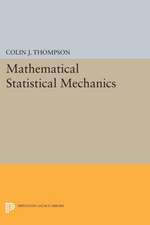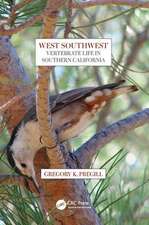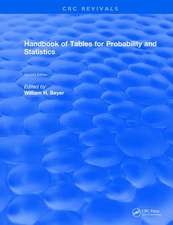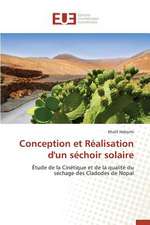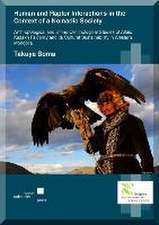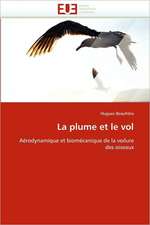What Species Mean: A User's Guide to the Units of Biodiversity: Species and Systematics
Autor Julia D. Sigwarten Limba Engleză Hardback – 17 oct 2018
Everyone uses species. All human cultures, whether using science or not, name species. Species are the basic units for science, from ecosystems to model organisms. Yet, there are communication gaps between the scientists who name species, called taxonomists or systematists, and those who use species names--everyone else. This book opens the black box of species names, to explain the tricks of the name-makers to the name-users. Species are real, and have macroevolutionary meaning, and it follows that systematists use a broadly macroevolution-oriented approach in describing diversity. But scientific names are used by all areas of science, including many fields such as ecology that focus on timescales more dominated by microevolutionary processes. This book explores why different groups of scientists understand and use the names given to species in very different ways, and the consequences for measuring and understanding biodiversity.
Key selling features:
- Explains the modern, multi-disciplinary approach to studying species evolution and species discovery, and the role of species names in diverse fields throughout the life sciences
- Documents the importance and urgent need for high-quality taxonomic work to address today's most pressing problems
- Summarises controversies in combining different--sometimes quite different--datasets used to estimate global biodiversity
- Focusses throughout on a central theme--the disconnect between the makers and the users of names--and seeks to create the rhetorical foundation needed to bridge this disconnect
- Anticipates the future of taxonomy and its role in studies of global biodiversity
| Toate formatele și edițiile | Preț | Express |
|---|---|---|
| Paperback (1) | 339.31 lei 6-8 săpt. | |
| CRC Press – 14 iun 2022 | 339.31 lei 6-8 săpt. | |
| Hardback (1) | 880.18 lei 6-8 săpt. | |
| CRC Press – 17 oct 2018 | 880.18 lei 6-8 săpt. |
Preț: 880.18 lei
Preț vechi: 1073.39 lei
-18% Nou
168.50€ • 175.15$ • 139.71£
Carte tipărită la comandă
Livrare economică 07-21 februarie 25
Specificații
ISBN-10: 149879937X
Pagini: 248
Ilustrații: 12 Tables, black and white; 19 Illustrations, color; 22 Illustrations, black and white
Dimensiuni: 156 x 234 x 18 mm
Greutate: 0.57 kg
Ediția:1
Editura: CRC Press
Colecția CRC Press
Seria Species and Systematics
Cuprins
Descriere
Everyone uses species. All human cultures, whether using science or not, name species. Species are the basic units for science, from ecosystems to model organisms. Yet, there are communication gaps between the scientists who name species, called taxonomists or systematists, and those who use species names--everyone else. This book opens the black box of species names, to explain the tricks of the name-makers to the name-users. Species are real, and have macroevolutionary meaning, and it follows that systematists use a broadly macroevolution-oriented approach in describing diversity. But scientific names are used by all areas of science, including many fields such as ecology that focus on timescales more dominated by microevolutionary processes. This book explores why different groups of scientists understand and use the names given to species in very different ways, and the consequences for measuring and understanding biodiversity.
Key selling features:
- Explains the modern, multi-disciplinary approach to studying species evolution and species discovery, and the role of species names in diverse fields throughout the life sciences
- Documents the importance and urgent need for high-quality taxonomic work to address today's most pressing problems
- Summarises controversies in combining different--sometimes quite different--datasets used to estimate global biodiversity
- Focusses throughout on a central theme--the disconnect between the makers and the users of names--and seeks to create the rhetorical foundation needed to bridge this disconnect
- Anticipates the future of taxonomy and its role in studies of global biodiversity

















